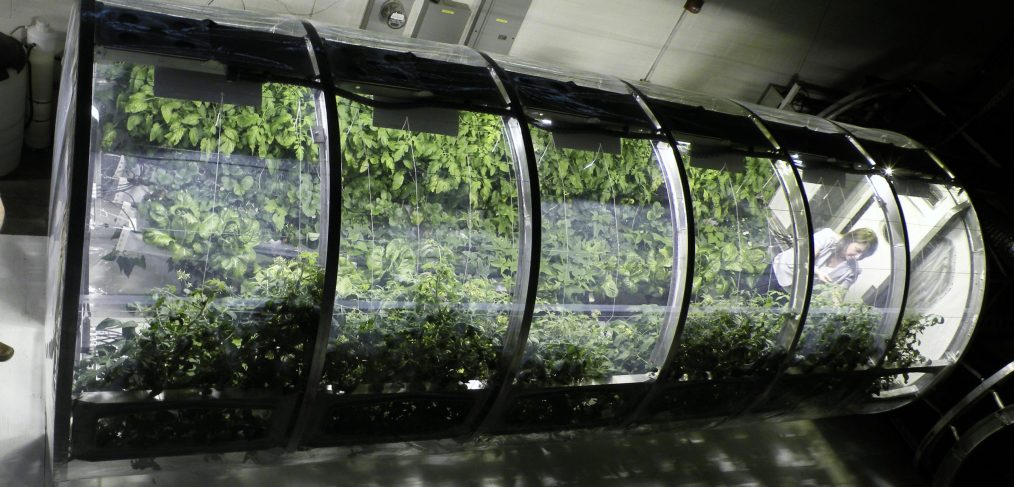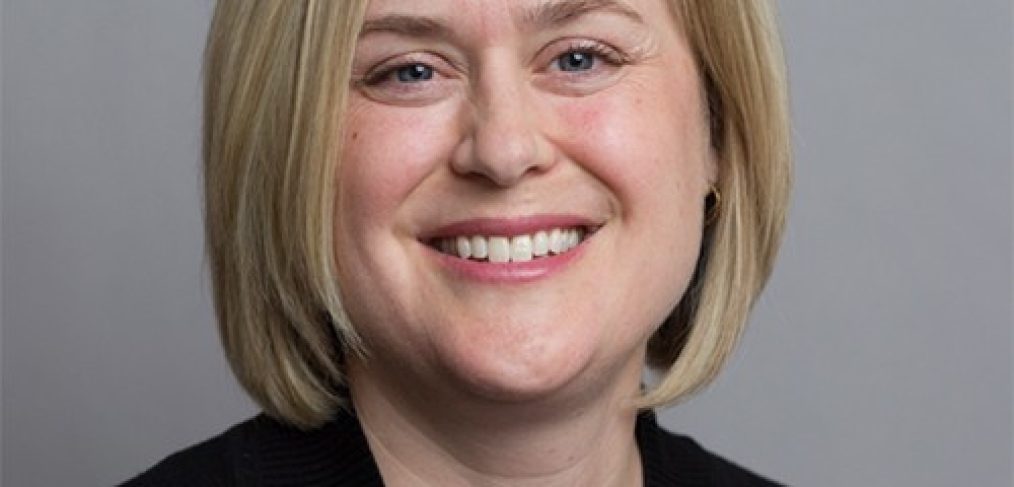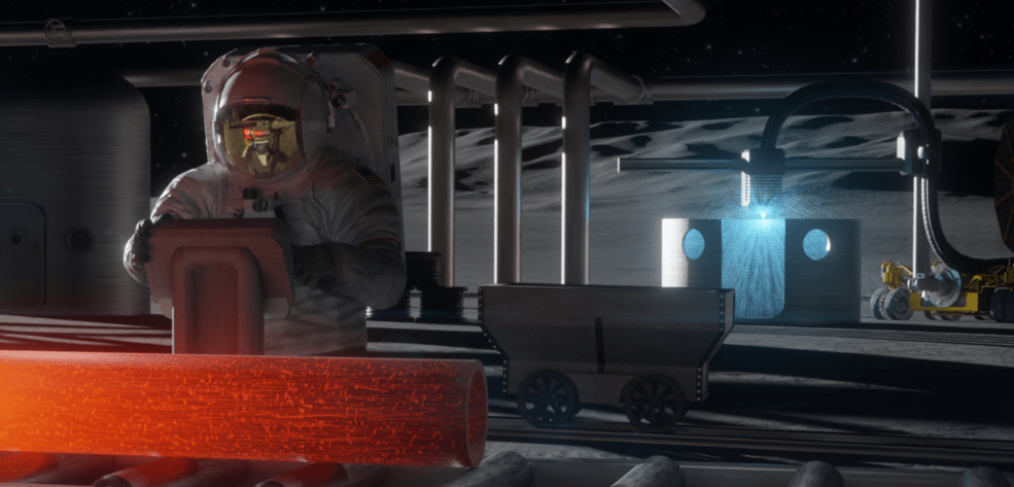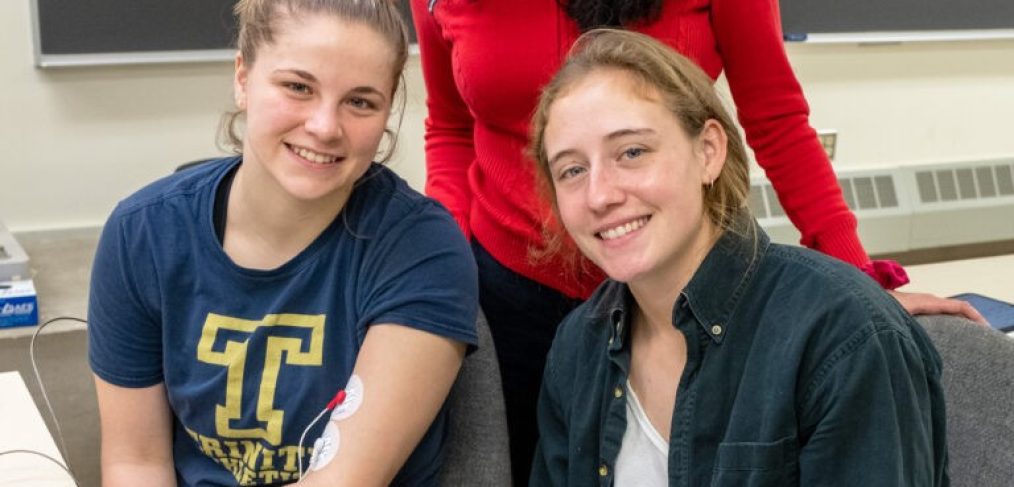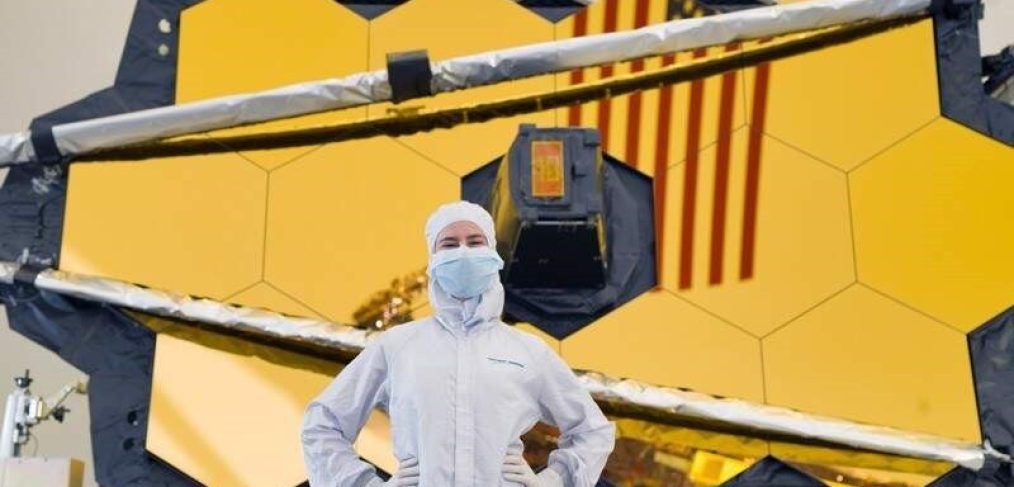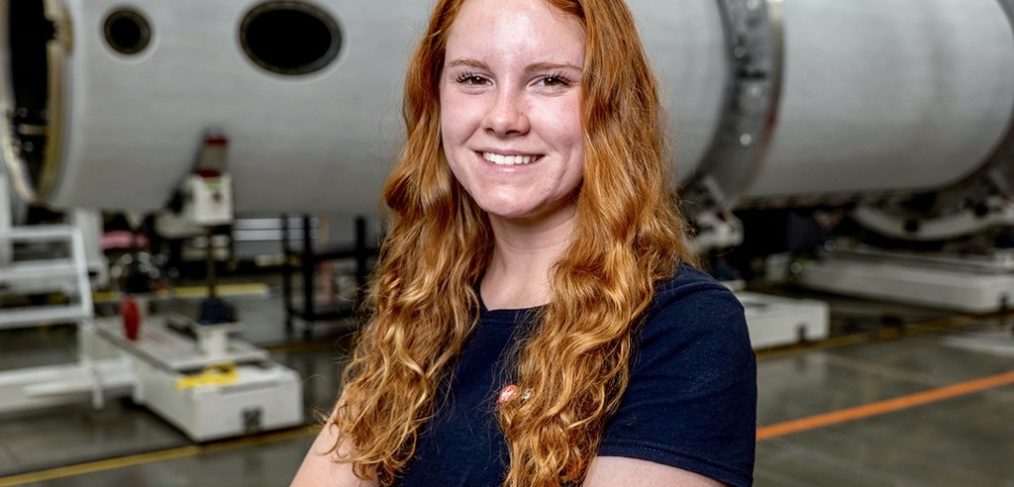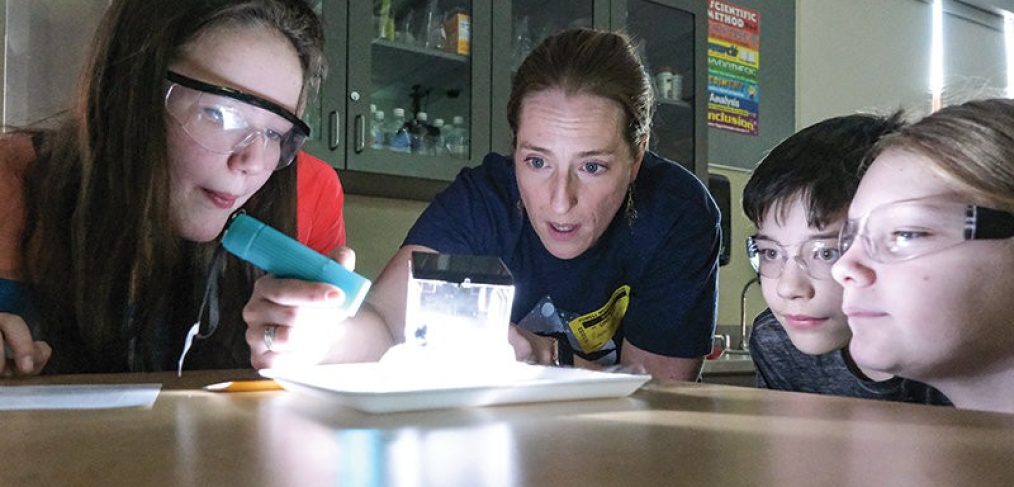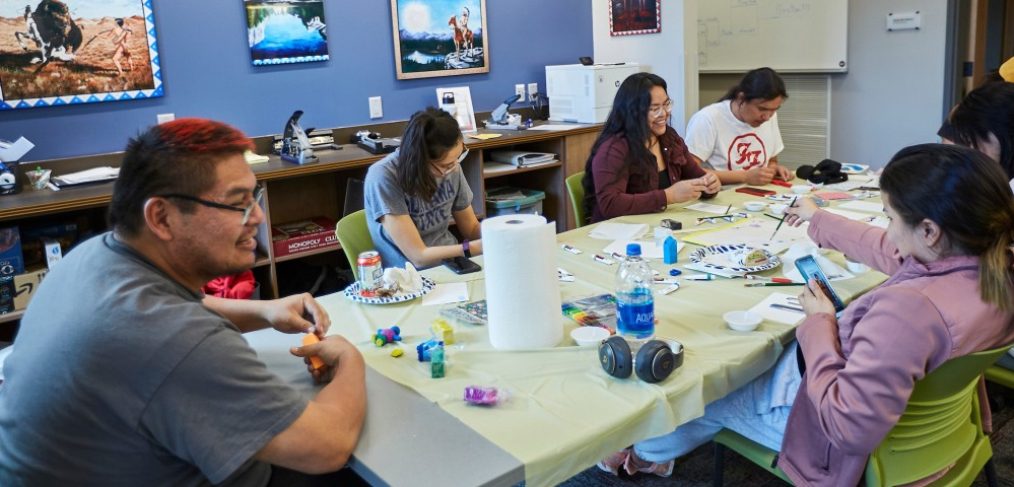A summer research project by an Idaho State University student may give us some insight into what life might look like across the cosmos.
Arkansas Space Grant Consortium grant awarded to SAU Chemistry and Agriculture Departments – Is a Martian greenhouse possible?
The Arkansas Space Grant Consortium board voted to fund Dr. Gija Geme, Dr. Tim Schroeder of chemistry, and Dr. Copie Moore of agriculture on a joint venture to explore the feasibility of growing crops such as soybeans, corn, lettuce, kale, and more, in a Mars soil simulant that is improved with fertilizer to add micronutrients. The team received $50,000 from NASA funding through Arkansas Space Grant Consortium in the spring of 2023.
Read the full article on the Southern Arkansas University News website.
Author Credit: #SAU
Image Credit: NASA.gov
The sky is not the limit! Five GCU students were awarded NASA NJ Space Grants for undergraduate research for the 2022-2023 academic school year. Each student received a $2,000 stipend from NASA for space-related research projects, guided by a faculty member in their respective fields which span across the sciences, including the social sciences. Facilitated by the grant, these research projects are conducted on-site at Georgian Court University.
Casey Korman, a junior from Sayreville, NJ majoring in Exercise Science on the pre-occupational therapy track, has worked with a team to study The Effects of Blood Flow Restriction on Peak Power and Electromyography. She has conducted her research alongside four other students – Mathias Madersbacher, Joseph Liberatore, Joseph Sauchelli, and Gabriele Balkius – all under the guidance of Vincent Chen, Ph.D., Assistant Professor of Exercise Science. Casey served as the student leader of the team.
Read the full article on Georgian.edu here.
Author Credit: PSC (Princeton Strategic Communications)
Image Credit: Georgian Court University
The Iowa Space Grant Consortium (ISGC) has announced Dr. Sara D. Nelson as its new director. The NASA-supported agency is part of Iowa State’s Department of Aerospace Engineering and works to improve and inspire Iowa’s involvement in Science, Technology, Engineering and Math (STEM) education.
Nelson has previously served as the ISGC as NASA Iowa EPSCoR interim director and assistant director for education and outreach. Nelson also holds a faculty position in Iowa State’s School of Education and conducts research in STEM education and uses her expertise to work alongside the Iowa 4-H Youth Development Program, developing STEM educational programs and STEM literacy outreach across the state of Iowa.
Read the full article on the ISU website here.
Author Credit: John Burnett-Larkins
Image Credit: Iowa State University College of Engineering News
Seven university teams were selected to develop concepts supporting metal production on the Moon in NASA’s 2023 annual Breakthrough, Innovative and Game-Changing (BIG) Idea Challenge: Lunar Forge.
The awards total about $1.1 million, with values between $120,000 and $180,000 based on each team’s proposed concept. The challenge is a unique collaboration between NASA’s Space Technology Mission Directorate’s (STMD) Game Changing Development (GCD) program and NASA’s Office of STEM Engagement Space Grant Project.
Read the full article on NASA.gov.
Image Credit: NASA/Advanced Concepts Lab
Article Credit: Editor: Loura Hall
Trinity College engineering majors Kevin Clark ’23 and Ananya Swamy ’23 recently received student project grant awards from the NASA Connecticut Space Grant Consortium (CTSGC).
Working on their senior capstone projects this year, the students have the opportunity to develop innovative engineering projects with the help of their group members, project advisers, and now the added support of NASA grant funds. The CTSGC is a federal program that provides funding and internship opportunities for students and faculty in Connecticut.
As the representatives for their projects, Clark—a physics and engineering major with a concentration in mechanical engineering—and Swamy—an engineering major with a concentration in computer engineering—submitted their grant proposals in October 2022. Clark received a $1,500 grant for his group’s project, “Geothermal Energy Systems,” and Swamy received a $1,075 grant for her group’s project, “Muscle Activation Visualization System for Microgravity Environments.”
Read the full article on trincoll.edu
Author Credit: HANNAH LORENZO
Image Credit: Trinity College | GRANT RECIPIENT ANANYA SWAMY ’23 (STANDING) MEETS WITH PROJECT TEAM MEMBERS SCARLETT GILLETTE ’23 (LEFT) AND ALISYN MCNAMARA ’23
GAZING AT GALAXIES
Photos by Kathy F. Atkinson and courtesy of Elaine Stewart and NASA December 23, 2021
UD engineering grad Elaine Stewart helped prepare the James Webb Space Telescope
Editor’s note: This story was originally published on Dec. 23, two days before an international team successfully launched the James Webb Space Telescope.
Already it has traveled thousands of miles — by land and sea — to reach its launch site in Kourou, French Guiana. Now, the James Webb Space Telescope (JWST) is pointed toward the sky for a million-mile journey that scientists say could tell us more about the origins of the universe than has ever been possible before.
Sydney Menne, a UND senior and one of the University’s most honored current students, has landed yet another prestigious fellowship.
The 2023 Marshall Scholar and Rhodes Scholarship finalist from Shoreview, Minn., has been awarded the 2023 Matthew Isakowitz Fellowship. She’ll intern this summer at the space launch company Astra in Alameda, Calif.
Menne is one of only 30 students among more than 250 applicants from 90-plus colleges to be selected for a paid internship at one of several leading commercial space companies.
Read the full article on UND Today.
Author Credit: Janelle Vonasek
Image Credit: Virgin Orbit
Image Description: Sydney Menne, a UND senior and double-major in Physics and Mathematics, has earned a 2023 Matthew Isakowitz Fellowship. The University of North Dakota’s first-ever Marshall Scholar will intern this summer at the space launch company Astra in Alameda, Calif., before beginning her master’s degree program at England’s University of Southampton this fall. In the photo, Menne stands on the factory floor of Virgin Orbit in Long Beach, Calif, where she worked with the propulsion engineering team last summer as a Brooke Owens Fellow.
Powell Middle School sixth grade students learned about the effects of radiation Thursday and Friday thanks to a visit from NASA representative Megan Candelaria and University of Wyoming graduate student Buck Scougale.
The visit came following the sixth graders completion of their Artemis 1 research projects. Artemis 1 was an unmanned flight conducted by NASA in early December 2022. Sixth grade science teacher Necole Hanks had reached out to the University of Wyoming’s science initiative about sending scientists to help her students learn about the effects of radiation related to space travel.
Read the full Powell Tribune Article online.
Author Credit: Braden Schiller
Image Credit: Braden Schiller
Image Description: Powell Middle School sixth grader Breiyah Bonander (from left) watches NASA representative Megan Candelaria demonstrate a radiation based activity using a cloud chamber. Sixth graders Blake Bessler and Autumn Allred also watch intently to see how the artificial contrails behave.
BOZEMAN – Montana State University will host high school and transfer students from all over Montana at Native Student Preview Day on Monday, Jan. 23. The event is designed to offer Native students a culturally relevant campus visit experience and provide in-depth information about what it’s like to attend MSU.
Kristie Russette, outreach coordinator and recruitment specialist for MSU’s Native American Studies program, said MSU continues to increase resources for Native students as their enrollment grows. Organizers will showcase those resources, including American Indian Hall, which celebrated its grand opening in October 2021.
Read the full article on Montana.edu
Image Credit and Image Description: Montana State University students study and socialize in the American Indian/Alaska Native Student Success Services Center in the American Indian Hall on campus, Friday, May 6, 2022, in Bozeman, Montana. MSU Photo by Adrian Sanchez-Gonzalez


